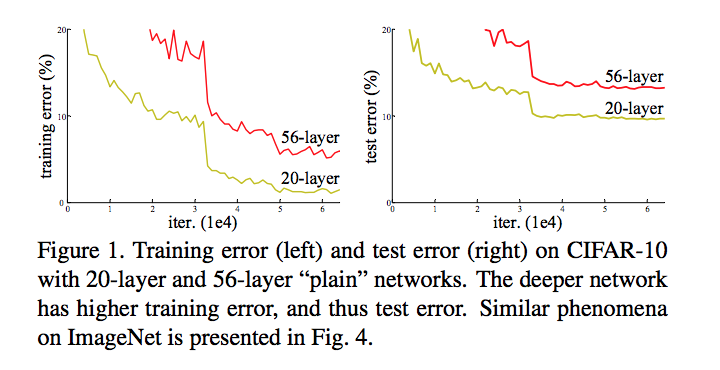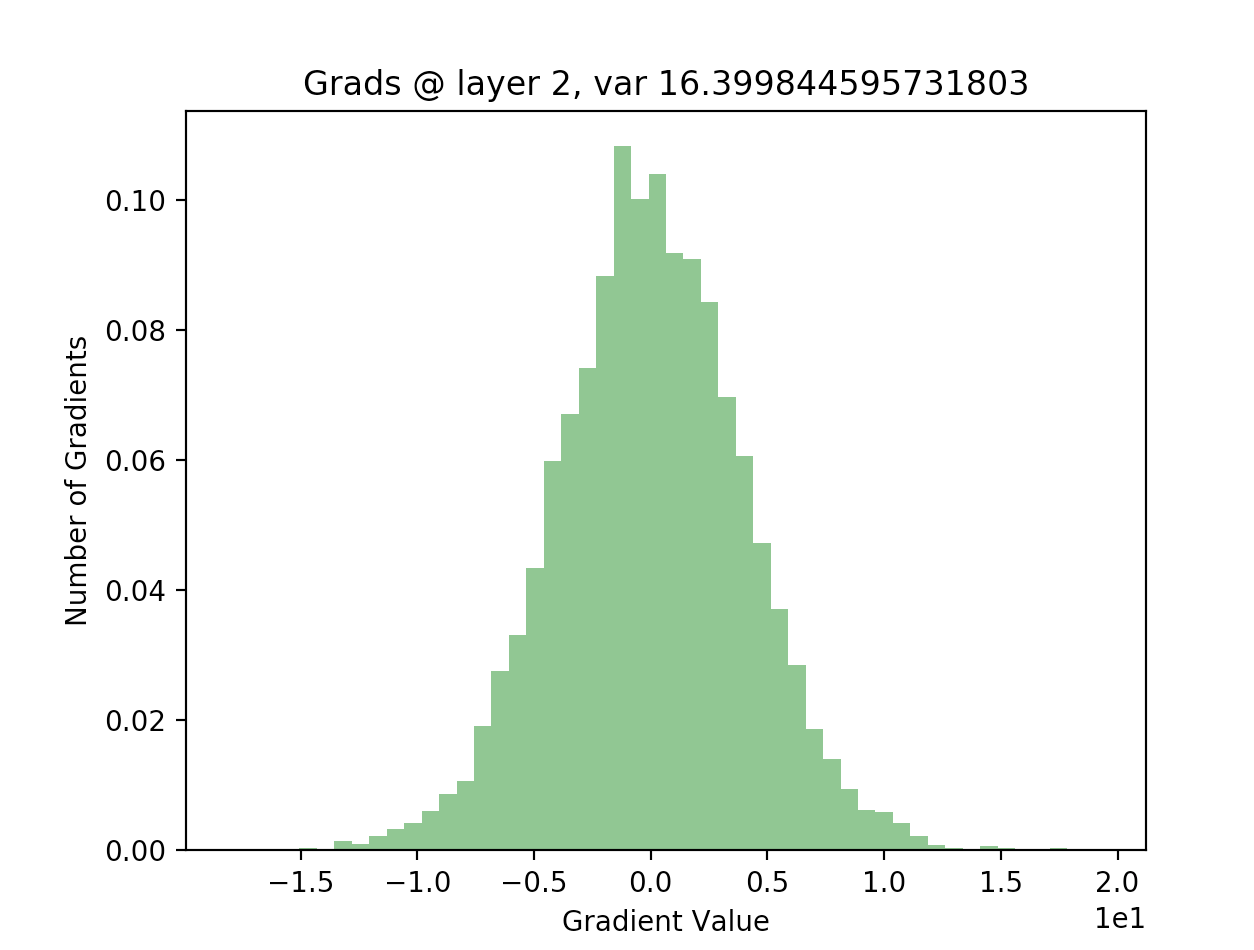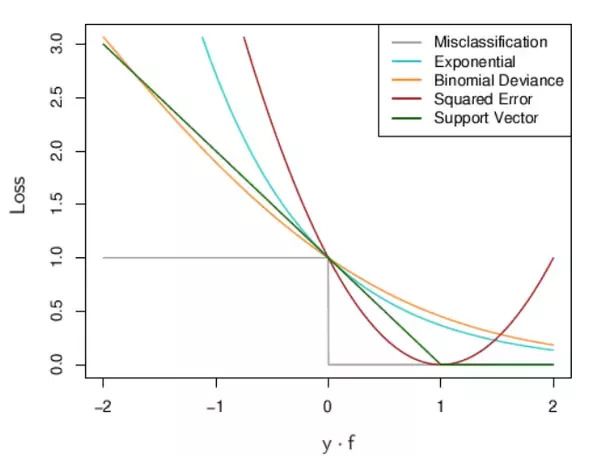(2019) Efficient Matrix Operations through Diagonalizability
In this blog post, I’ll talk about diagonalizability, what it is, and why it may be useful to diagonalize matrices (when they can be) to efficiently compute operations on matrices. I won’t go into detail when a matrix is diagonalizable, but it will be briefly mentioned in an example.






